8 Alternative Roof Materials to Buck the Mainstream
http://decor-ideas.org 08/17/2015 02:13 Decor Ideas
Every home needs a roof. But when it comes to the roof material, the usual suspects that we’ve discussed in this series — slate, metal, asphalt, concrete, clay and wooden shingles and shakes — aren’t always right for every homeowner. Luckily, innovative new options and forgotten old-world favorites can do the job just as well as the mainstream choices.
Here are eight alternative roof types that can make your house stand out from the crowd.
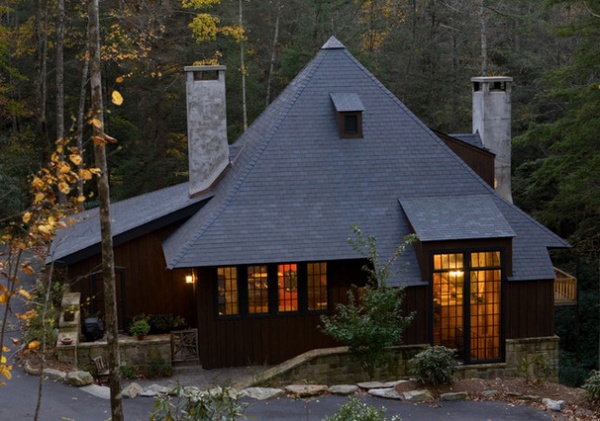
1. Synthetic tiles. Synthetic roof tiles can offer authentic looks in replicating traditional materials such as slate, shakes and shingles, but with the advantages of lower cost and maintenance. Often molded from rubber and plastic-based materials, these options are constructed in a uniform, predictable manner that eases installation. They also come in numerous colors to fit your specific architectural palette.
Drawbacks can include a lack of authentic appearance, and this is especially true in some of the extremely affordable, cost-saving alternatives. Some newer products are not time-tested in the same way older, more popular alternatives are.
But synthetic tiles are gaining popularity for good reason. They can be inexpensive and reliable, and sometimes look nearly identical to the natural materials they are meant to emulate.
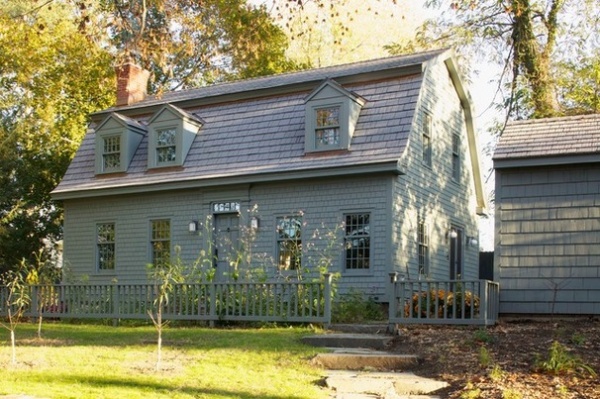
2. Recycled composite shingles. These are similar to synthetic tiles except they’re constructed almost entirely from recycled materials.
They can be pricier in some instances than standard asphalt-based alternatives. The roof shown here uses an Enviroshake product. EcoStar is another prominent manufacturer that uses a high percentage of recycled content. The extended lifetimes and environmentally friendly characteristics of these materials make the products a compelling selection for roofs.
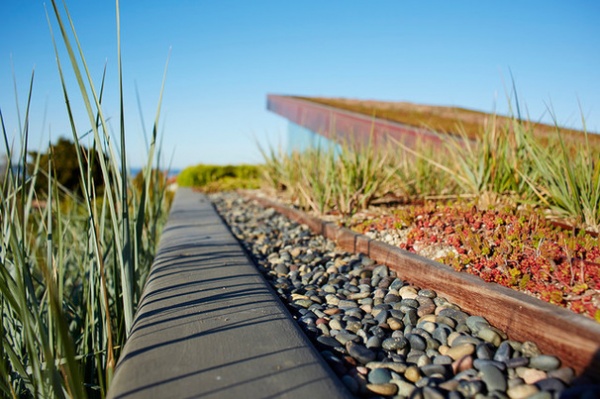
3. Living, or “green,” roofs. A natural green living roof can become a true landscape, and though arguably more expensive and requiring more maintenance than other alternatives, these rooftop habitats offer fantastic advantages.
The lush, natural curb appeal, superb insulation and stormwater management benefits are difficult to match. This is also a roof material type that actually reduces greenhouse gasses. It’s a living habitat on your roof, attracting birds, bees, butterflies and more.
See 6 green-roof myths, busted
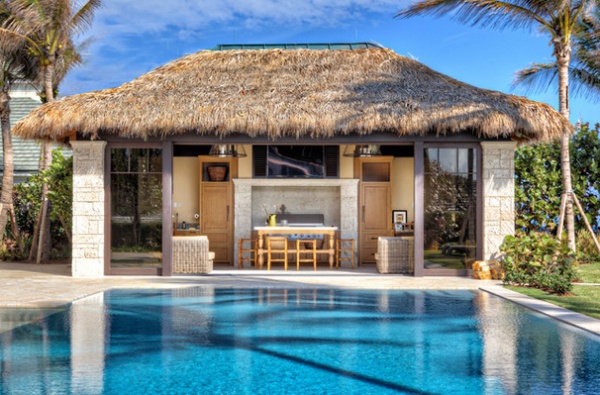
4. Thatch roofs. This old-world option has drawbacks, such as flammability and lack of mold resistance, but these common criticisms are possibly overstated.
Thatch installers say this ancient roof material, when installed correctly, can last 50 years or more, and is more fire-resistant than folks give it credit for. The natural look is undeniably authentic, and the material is renewable and cheap.
Thatch roofs are not common in the U.S. for residences, but are more frequently used on ancillary structures, especially in tropical climates.
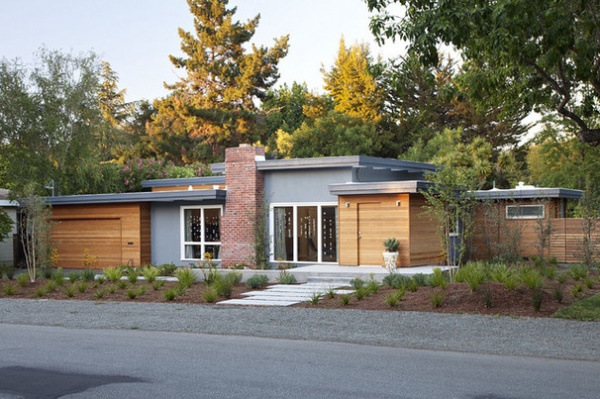
5. BUR (built-up roof) and membrane systems. The old tar-and-gravel roof type has been used on relatively flat roofs for over 50 years, but many newer systems and specific material types, including modified membrane systems, are becoming increasingly available in residential applications.
Synthetic rubbers, thermoplastics and modified bitumen material systems are available today, offering improved connections and a longer expected life than the traditional tar-and-gravel roofs of yesteryear.
These systems are still more prevalent in commercial applications than homes, but lowered costs and better performance have led to a growth in popularity for low-slope residential roofs.
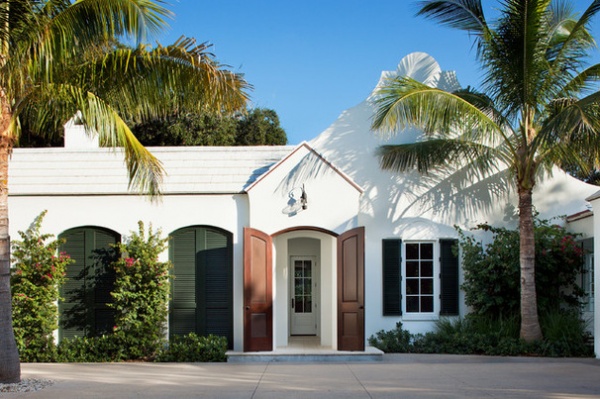
6. “Cool” roofs. The truth is, many of the materials covered in this series on roof options can be used to create a “cool” roof, one that reflects or otherwise mitigates heat. Metal roofs, membrane systems, white tile roofs (like the one shown here) and even living roofs can all be described as cool roofs. There are also added coatings available to improve the reflective characteristics of most roof materials.
Cool roofs offer superior reflective qualities due to material characteristics or color, reflecting heat from the home structure and thus decreasing heat gain in the home. This lessens the extent of air conditioning required and is undeniably a benefit in hot climates.
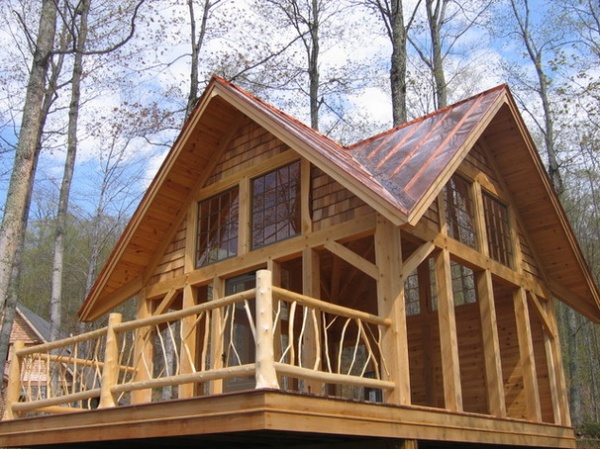
7. Copper roofs. A copper roof is a statement, and it’s one you’ll pay a premium for. Metal roofs themselves are relatively expensive, and copper is the premium roof metal.
But there is something grand about copper on a roof, and it’s bright sheen, seen on the rooftop above, will turn a blue-green hue in time. While a copper roof provides excellent longevity, durability and reflective qualities, it is an extremely expensive option that does not have much demonstrative benefit (except appearance) compared to standard metal roofs.
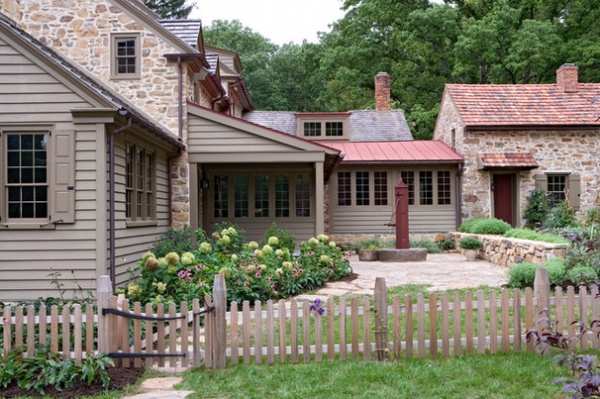
8. Mix and match. Who says you have to pick only one roof material? In the home above, three very different roof materials have been used for a unique effect.
Often, an expensive roof material like copper is used in a specific home feature, like a dormer or an overhang, to accentuate the feature. This avoids the cost of completing an entire roof in the ultraexpensive material.
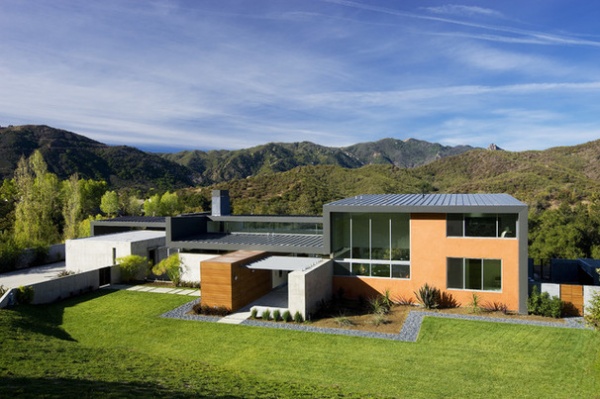
Up next. Next week we will summarize the incredible variety of roof material options you might consider for your home. These possibilities all have different styles and performance characteristics, but in the right circumstances, any might be the perfect solution for your home’s roof.
See more roof material options: Slate | Metal | Asphalt | Concrete | Wooden Shingles and Shakes | Clay
Related Articles Recommended












